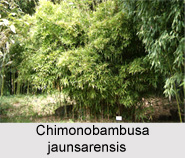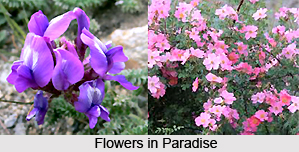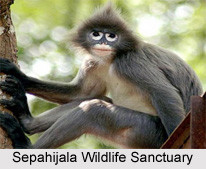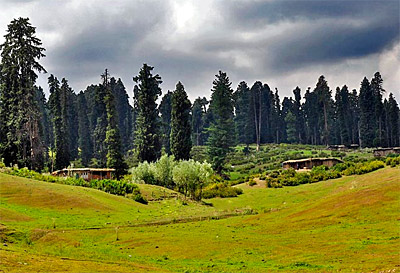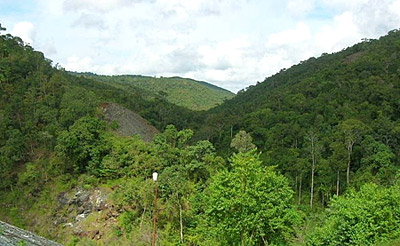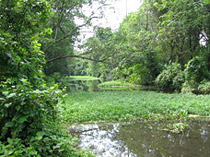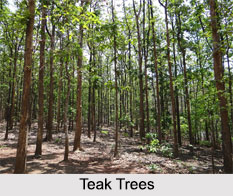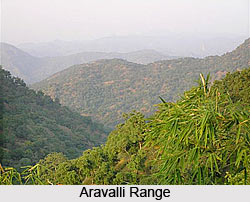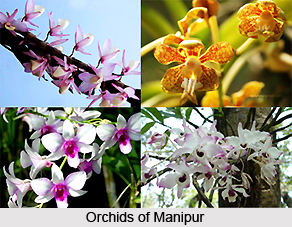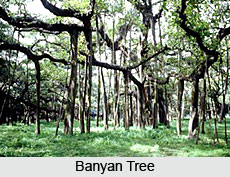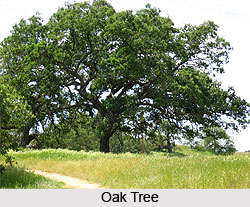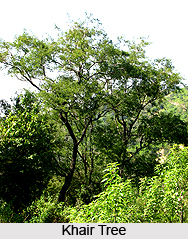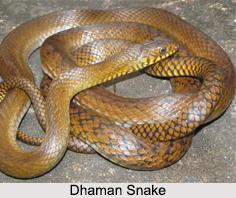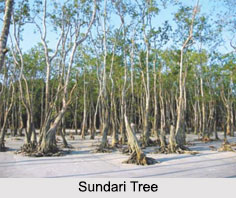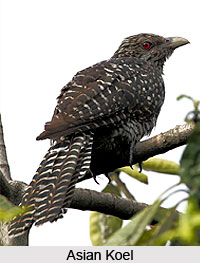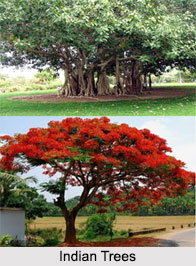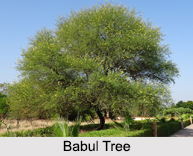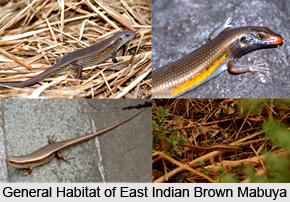 East Indian Brown Mabuya is an Indian Reptile that bears a scientific name "Eutropis multifasciata". It is also known as Many-lined Sun Skink.
East Indian Brown Mabuya is an Indian Reptile that bears a scientific name "Eutropis multifasciata". It is also known as Many-lined Sun Skink.
Structure of East Indian Brown Mabuya
East Indian Brown Mabuya has the snout moderate and obtuse. The lower eyelid is scaly. Nostril behind vertical of the suture between rostral and first labial; a postnasal; anterior loreal not deeper than the second, in contact with the first labial; supranasals frequently in contact behind rostral; front nasal broader than long; prefrontals constantly forming a median suture; frontal as long as or shorter than the frontoparietals and interparietal together, in contact with the second (rarely also with the first) supraocular: 4 supraoculars, second largest; 6 supraciliaries, first largest; fronto-parietals distinct, larger than the interparietal, which entirely separates the parietals; a pair of nuchals, 4 labials anterior to the subocular, which is large and not narrower below.
Ear Opening of East Indian Brown Mabuya
The ear-opening of East Indian Brown Mabuya is roundish or oval. It has a large lateral scale, or a little smaller, with or without a few very small lobules interiorly.
Dorsal Scales of East Indian Brown Mabuya
The dorsal scales of East Indian Brown Mabuya are more or less distinctly crenate. The nuchals and laterals usually very feebly keeled, sometimes smooth; 30 to 34 scales round the middle of the body, subequal or dorsals largest.
Limbs of East Indian Brown Mabuya
The hind limb of East Indian Brown Mabuya reaches the wrist or the elbow of the adpressed fore limb.
Scales of East Indian Brown Mabuya
The scales on upper surface of tibia are mostly tricarinate. The Tail of East Indian Brown Mabuya is 1.3 to 1.6 times in length of head and body.
Colour of East Indian Brown Mabuya
East Indian Brown Mabuya is brown or olive above. It has some specimens uniform, or with a large whitish (red) patch on each side; back frequently with small black spots, sometimes confluent into longitudinal lines; sides frequently dark brown, with whitish, black-edged ocelli; a well-defined light dorso-lateral band seldom present; lower surfaces are yellowish or greenish white.
Concentration of East Indian Brown Mabuya
East Indian Brown Mabuya is found in Bangladesh, Cambodia, China, (Hainan, Yunnan), Indian states like Assam, Meghalaya, Mizoram, Manipur, Nagaland, Aizwal, Imphal, Indonesia (Borneo, Sumatra, Java, Bali), Laos, Malaysia (Peninsular, Pulau Tioman, Johor: Pulau Besar, Pulau Sibu), Myanmar (Burma), New Guinea, Philippines (Negros, Panay, Palawan: Calamian Islands, Luzon), Singapore, Taiwan, Thailand (including Phuket) and Vietnam.
